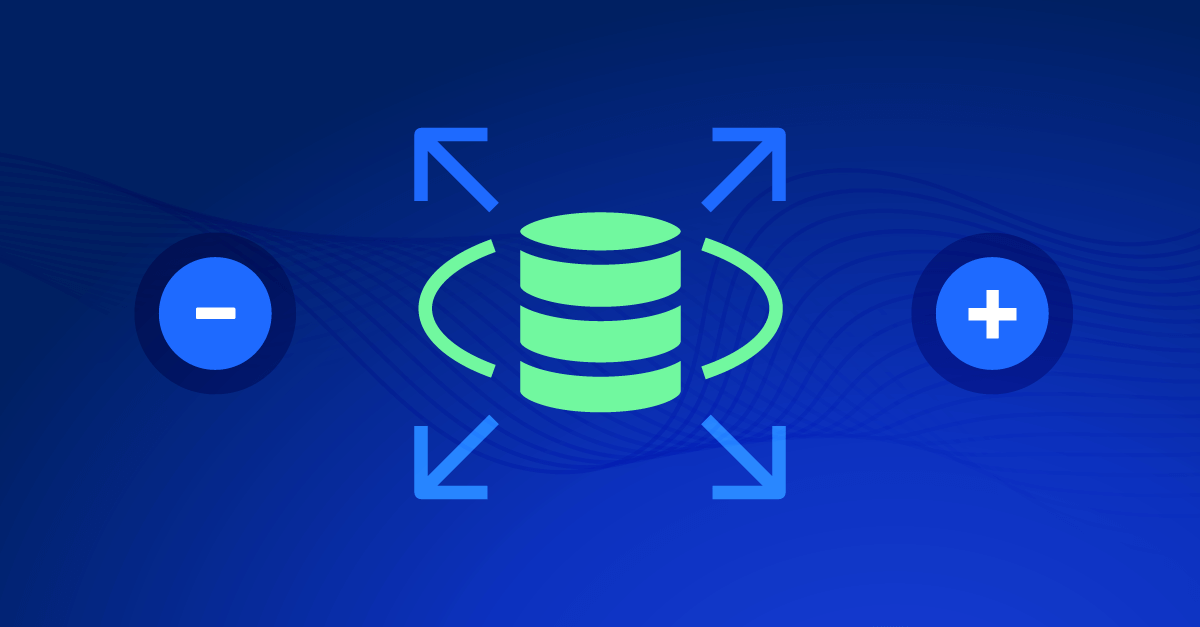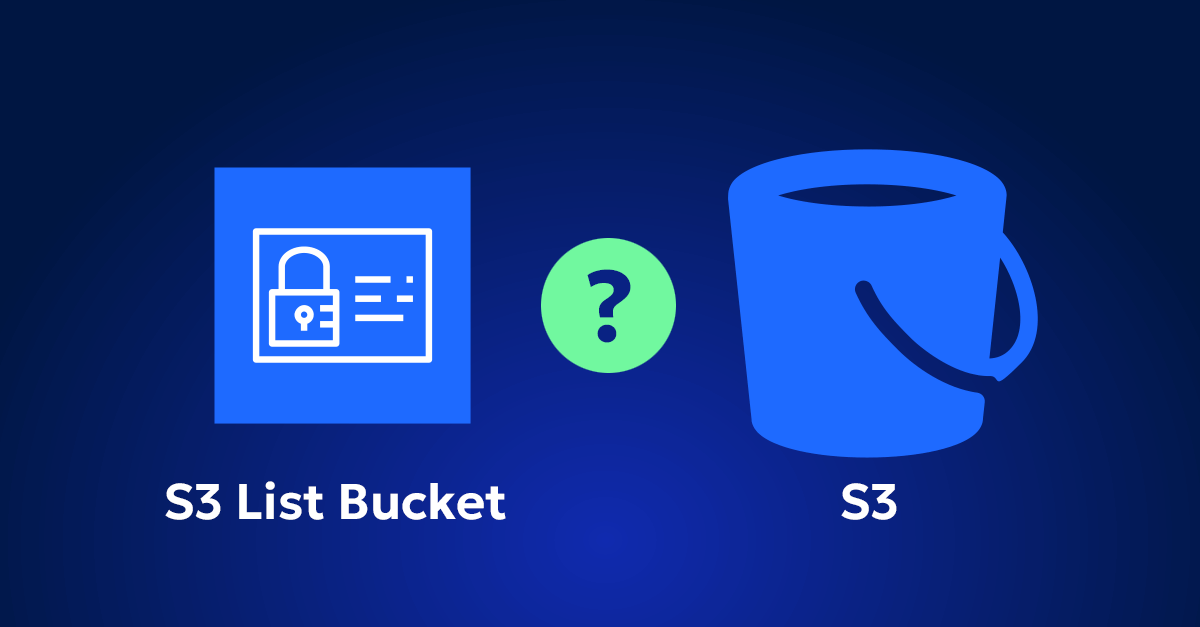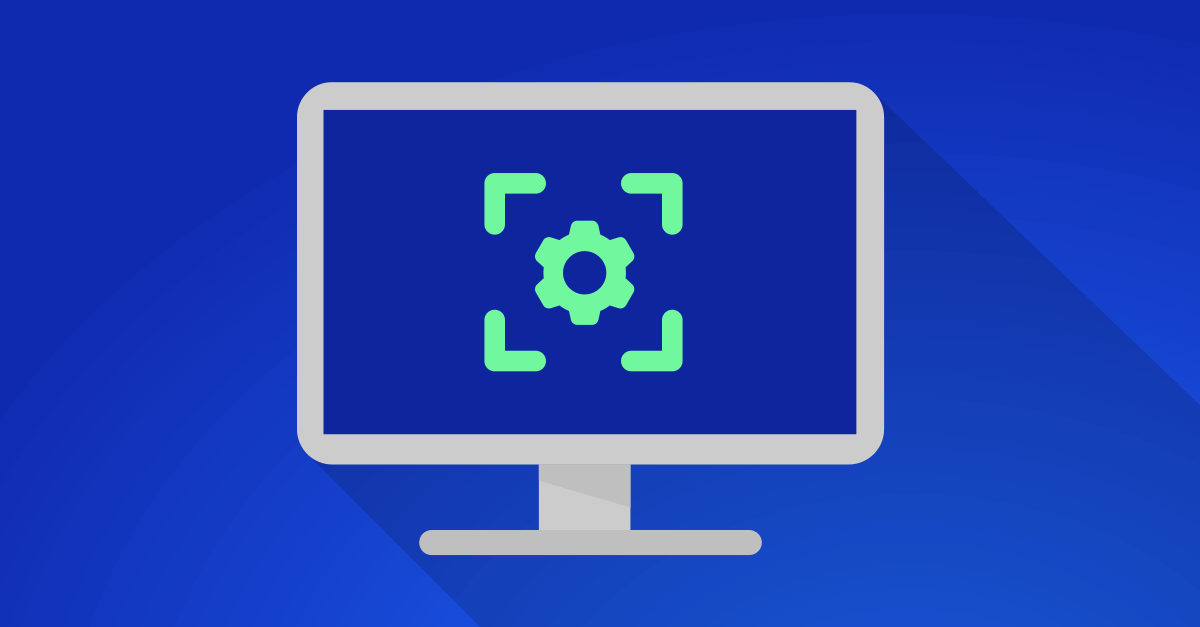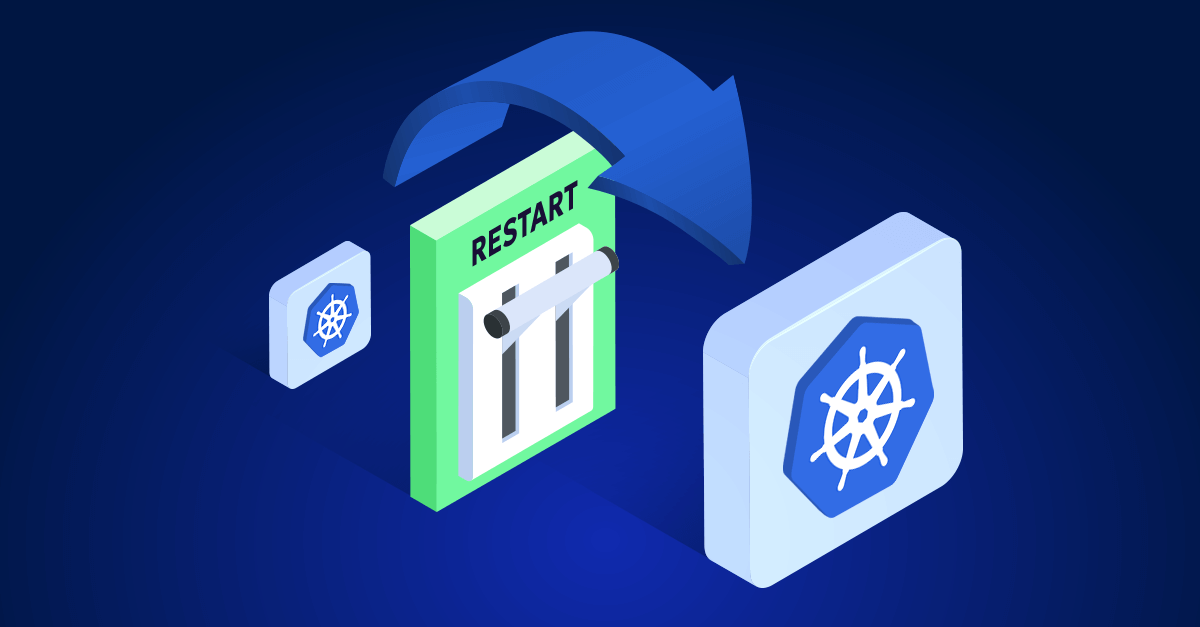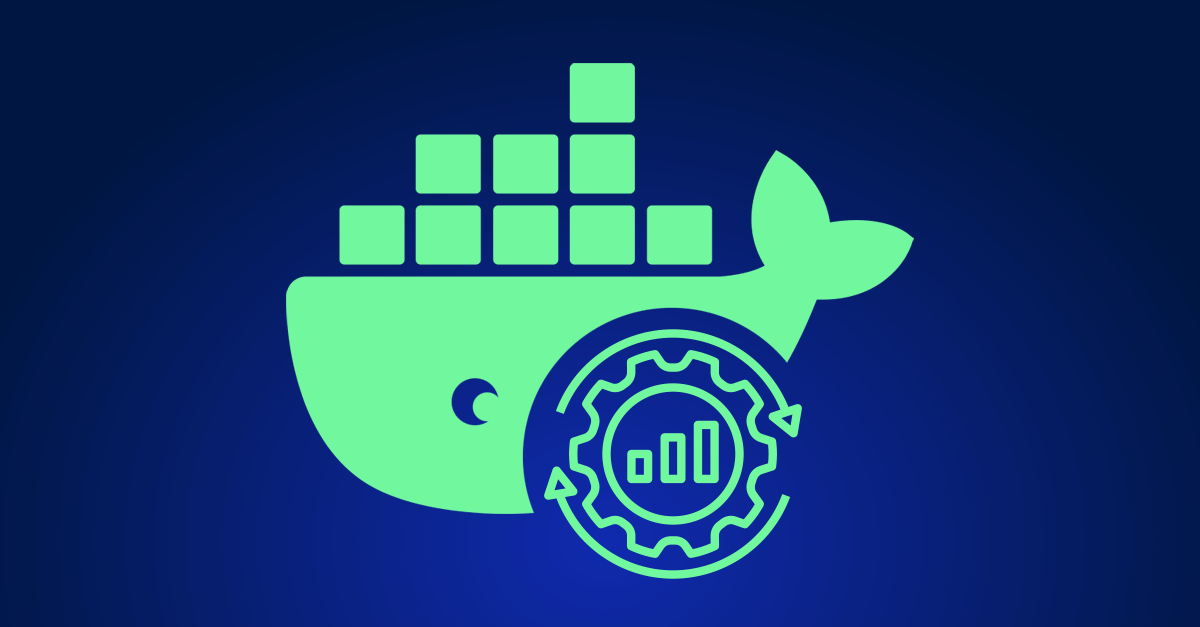In my many years in cloud infrastructure and database management, I’ve witnessed the evolution of cloud services and the challenges they bring. One of the most powerful tools I’ve used is Amazon RDS. While RDS simplifies many aspects of database management, it also presents some significant challenges. In this article, we’ll explore these challenges and discover how to optimize forecasting for maximum savings.
Amazon RDS in short
First things first, what exactly is Amazon RDS? Amazon Relational Database Service (RDS) is a managed database service provided by Amazon Web Services (AWS). It takes the hassle out of setting up, operating, and scaling a relational database in the cloud. RDS automates tedious administrative tasks like backups, patching, and scaling, allowing you to focus on what really matters – your applications.
RDS supports multiple database engines – MySQL, PostgreSQL, MariaDB, Oracle, and Microsoft SQL Server – and ensures high availability and fault tolerance. It’s designed to handle database operations with ease, providing automated backups, snapshots, and multi-AZ deployments to keep your data safe and available.
When it comes to pricing, Amazon RDS offers two primary plans: On-Demand and Reserved Instances (RIs). On-Demand pricing allows you to pay for database capacity by the hour with no long-term commitments, offering flexibility but potentially higher costs as usage scales. Reserved Instances, on the other hand, offer significant cost savings if you commit to a one- or three-year term. However, a limitation specific to RDS is that RIs cannot be sold on the AWS Reserved Instance Marketplace, unlike RIs for other AWS services. These are exactly some of the main issues I want to address and show how you can overcome them below.:
The pain points of RDS management
Let’s break down the main issues that might be causing you a headache with RDS.
1. On-demand pricing: A costly burden
Many organizations, over 60% actually, rely heavily on On-Demand pricing for their RDS workloads. While On-Demand instances offer flexibility because you only pay for what you use, they can get very expensive as your usage scales. Imagine running multiple RDS instances around the clock – those hourly costs can add up quickly. And unlike Reserved Instances, On-Demand pricing doesn’t offer any discounts for long-term usage, making it less cost-effective for sustained workloads.
2. Managing Reserved Instances: Rigid and inflexible
Next, let’s discuss Reserved Instances (RIs). RIs can save you a significant amount of money – up to 75% compared to On-Demand pricing – if you commit to a one- or three-year term. But there’s a catch: RDS RIs can’t be sold, converted, or scaled. Once you’ve bought an RI, you’re stuck with that specific instance type and region for the entire commitment period. This rigidity can be a real headache if your needs change. For example, if you predicted a need for a large instance but later find a smaller instance would suffice, you can’t downsize. And if you need to move regions? You’re stuck.
3. Commitment risks: A gamble on future needs
Planning your database needs isn’t easy either. Committing to RIs for 1-3 years is risky because predicting the exact capacity and performance requirements over such a long period is challenging. Workloads fluctuate due to changes in business needs, application demands, or even seasonal variations. Get your predictions wrong, and you either end up over-provisioning (wasting money) or under-provisioning (risking performance issues).
4. Manual management and monitoring: The daily grind
And then there’s the day-to-day grind of manual management and monitoring. Keeping an eye on performance, optimizing configurations, applying patches, managing backups – it’s complex and time-consuming. This continuous monitoring requires dedicated resources, and any lapse can lead to performance bottlenecks, downtime, or unnecessary costs.
Overcome the limitations: Automation to the Rescue
Now that we’ve laid out the challenges, let’s discuss how we can tackle them. One of the most powerful tools in our arsenal is automation.
Automation for RDS Reserved Instances management
Automating the management of RDS RIs is a gamechanger. Here’s how Zesty is doing something quite innovative in this space:
Zesty leverages advanced AI and machine learning to automate RDS RIs management. Here’s how it works:
- Analyzing Historical Usage: Zesty’s AI dives into your historical RDS usage data, understanding and predicting future needs with remarkable accuracy. By looking at past performance and usage trends, it can forecast what you’ll need down the line.
- Forecasting Workload Needs: Based on these insights, Zesty dynamically allocates resources to match predicted demand. This ensures that the organization is always using the right amount of resources, reducing both underutilization and over-provisioning.
- Automatically Allocating RIs: Zesty automates the allocation of Reserved Instances, ensuring the right type and quantity of RIs are in place to cover your workloads efficiently. This takes the guesswork and manual effort out of the equation.
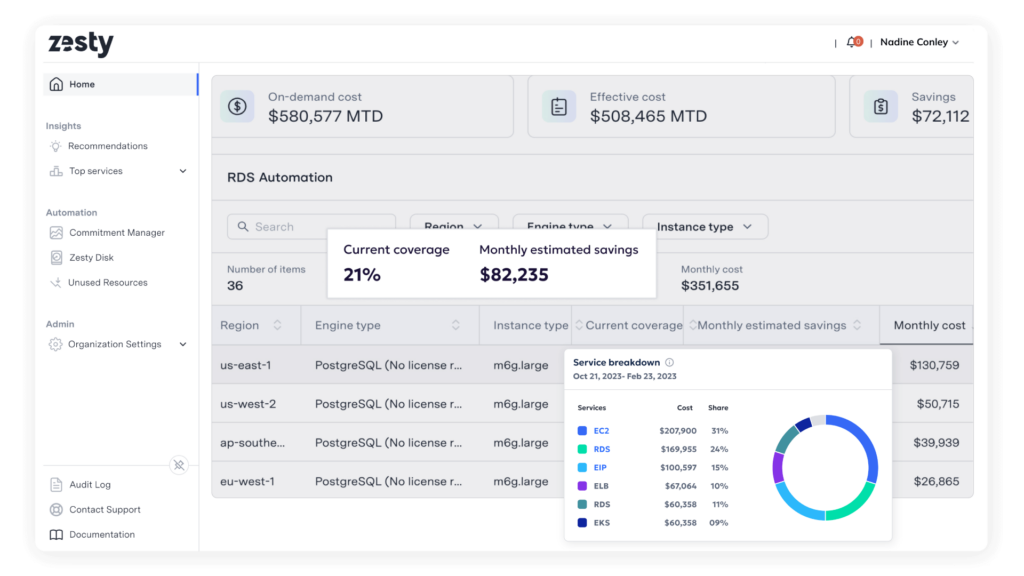
The benefits
- Maximize Savings: By applying RI discounts to a larger portion of your RDS workloads, you can significantly cut costs.
- Minimize Financial Risk: Zesty’s machine learning continuously analyzes data and forecasts usage, maximizing database coverage with bulk RIs while maintaining flexibility and reducing financial risk.
- Eliminate Manual Effort: This automation saves your FinOps and DevOps teams a ton of time, allowing them to focus on strategic tasks instead of getting bogged down with manual RDS management.
Additional strategies to lighten your load
While automation is the true gamechanger, there are additional cost optimization strategies you can implement:
- Instance Right-Sizing: Regularly analyze and adjust instance types and sizes to ensure optimal performance without over-provisioning. AWS tools like Cost Explorer and Trusted Advisor can help with right-sizing recommendations.
- Utilize Savings Plans: Purchasing RIs or Savings Plans can provide significant cost savings over On-Demand pricing. These plans offer flexibility to switch between instance families, sizes, and regions, unlike traditional RIs.
- Monitor and Adjust Storage: Keep an eye on your storage usage and adjust as needed to avoid paying for unused capacity. Tools like Amazon CloudWatch can help you set alarms and get insights into your storage utilization.
- Enable Auto Scaling: Use Amazon RDS Auto Scaling to automatically adjust the capacity of your Aurora DB instances based on demand. This dynamic scaling helps manage costs while ensuring performance.
- Monitoring and alerts: Enhancing your monitoring and alerting capabilities can help maintain optimal performance and cost efficiency:
- Custom Metrics: Create custom CloudWatch metrics to monitor specific aspects of your RDS instances, providing deeper insights into performance and utilization.
- Automate Alerts: Set up automated alerts for unusual usage patterns, performance issues, or cost anomalies. These alerts can help you address problems proactively before they escalate.
Achieving Success with RDS
Managing AWS RDS effectively involves understanding the challenges and leveraging powerful solutions, especially automation. Trust me, I’ve been through the grind of manual RDS management and have seen the transformation that the right tools can bring. The evolution in AI-driven RDS management can help you maximize savings, minimize risks, and eliminate the manual effort involved in RDS management.
For more detailed information and resources, see also:
- AWS RDS Documentation
- AWS Reserved Instances Pricing
- Zesty Research Lab 2023
- Amazon Relational Database Service (Amazon RDS) by Vlad Vlasceanu – Principal DB Specialist Solutions Architect, AWS
FAQ
How reliable is machine learning for forecasting RDS usage?
Machine learning, especially when used by advanced platforms like Zesty, can be highly reliable for forecasting RDS usage. By analyzing historical data and identifying patterns, ML algorithms can predict future demands with remarkable accuracy, reducing the risks associated with under or over-provisioning.
What if the automated recommendations don’t fit my specific needs?
While automation provides general recommendations based on data analysis, it’s important to have the flexibility to adjust these suggestions. Platforms like Zesty allow for customization, enabling you to tweak settings to better fit your unique requirements.
How secure is my data with automated RDS management tools?
Security is a top priority for any automation platform handling sensitive data. Reputable tools use encryption, adhere to stringent compliance standards, and implement robust security protocols to protect your data at all times.
Can automation handle sudden spikes in RDS workload?
Yes, automation platforms are designed to handle sudden changes in workload. By continuously monitoring performance and usage patterns, these tools can dynamically adjust resources to manage unexpected spikes efficiently, ensuring smooth operations without manual intervention.

